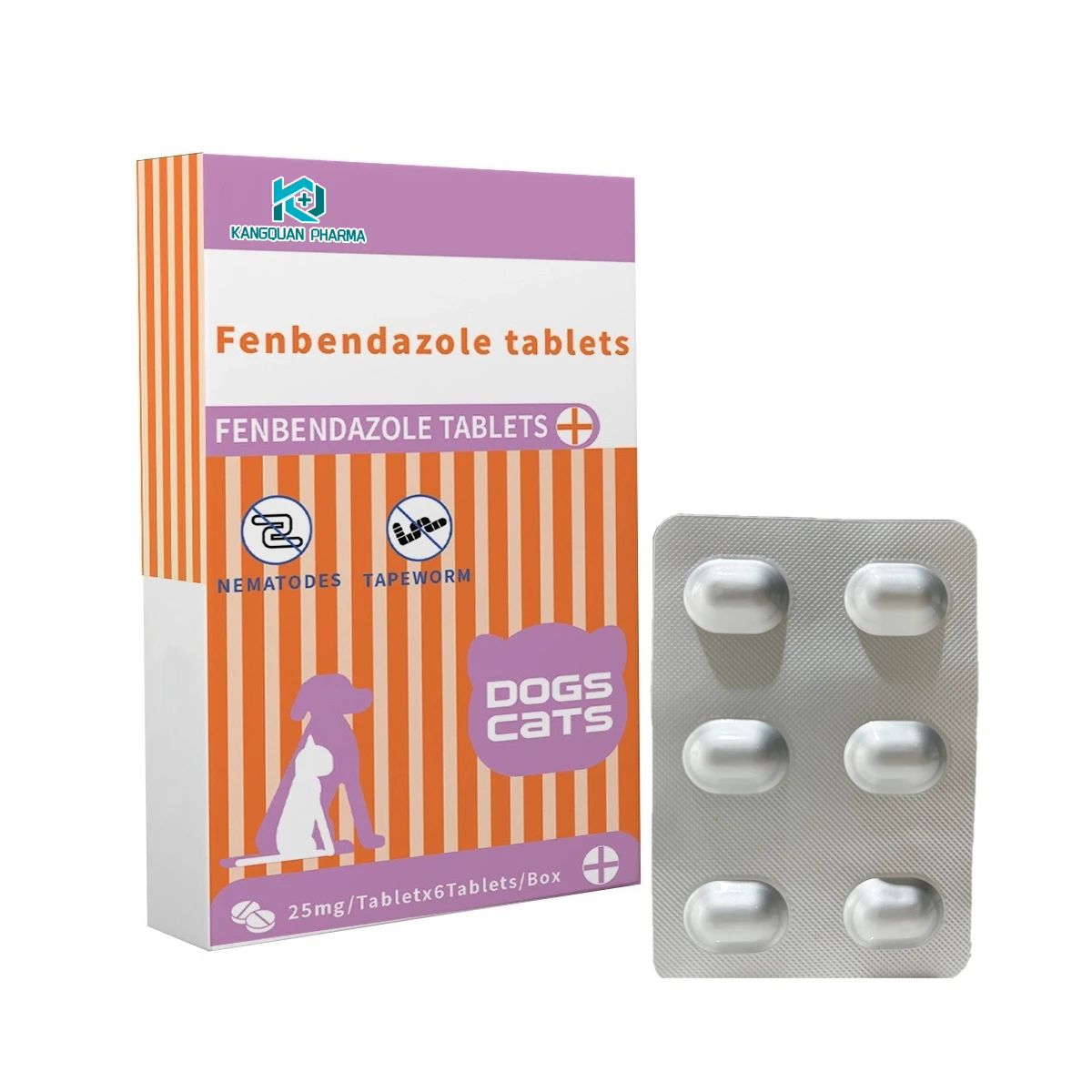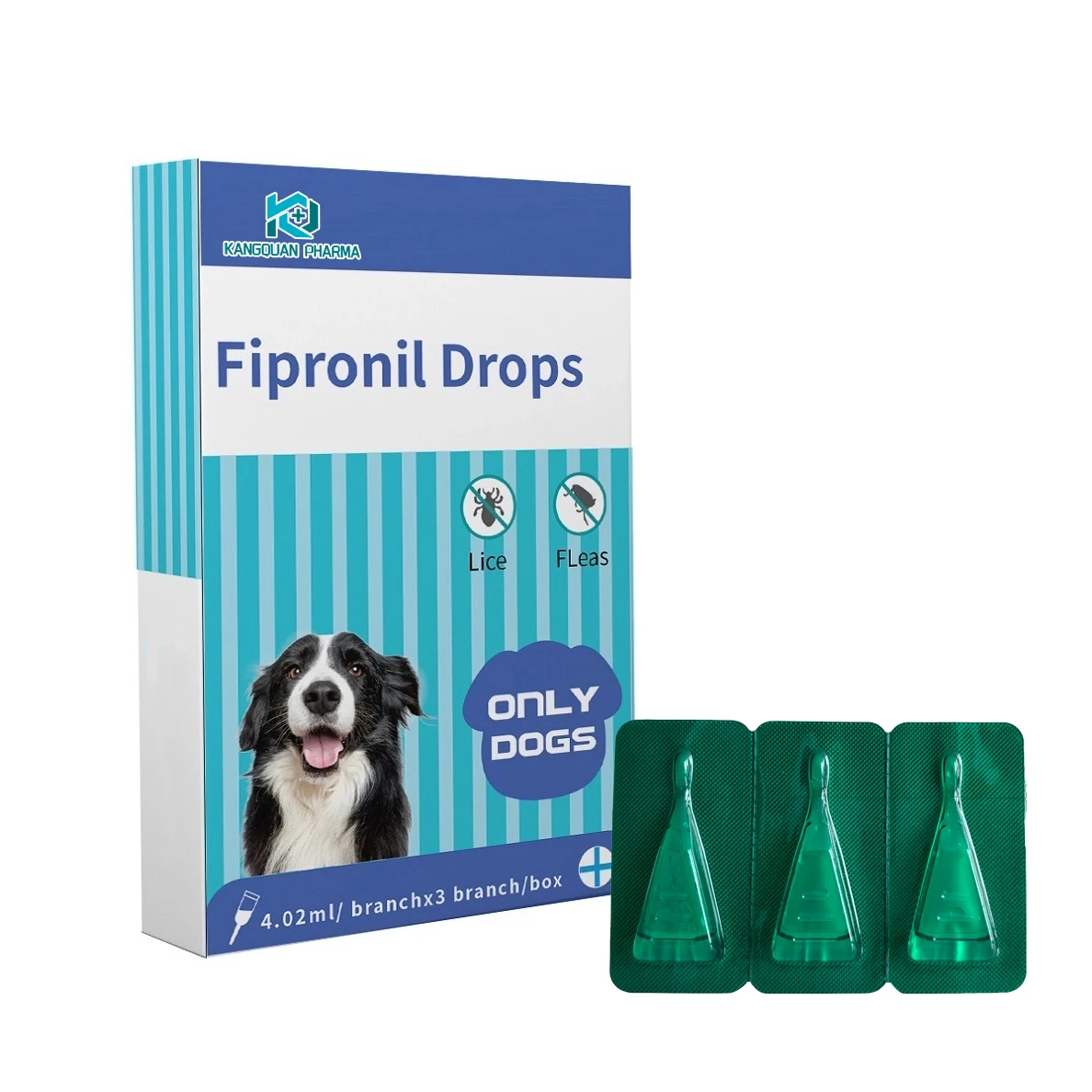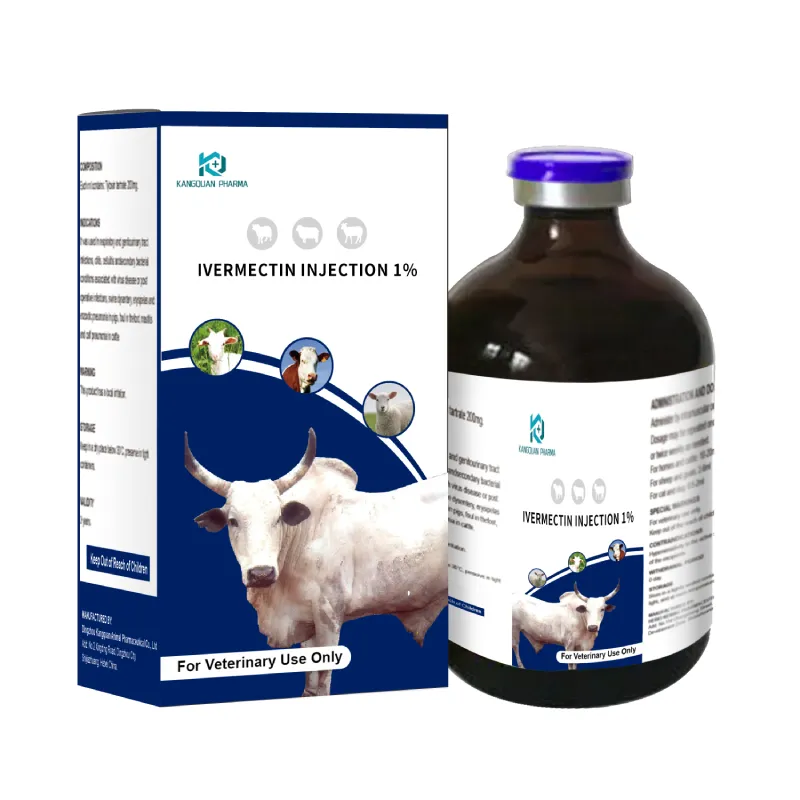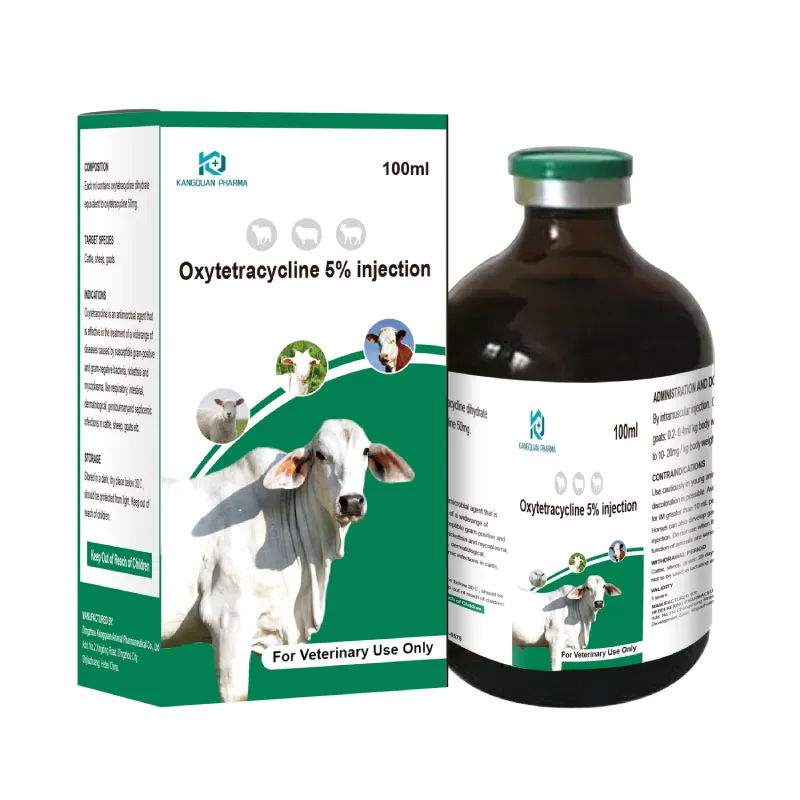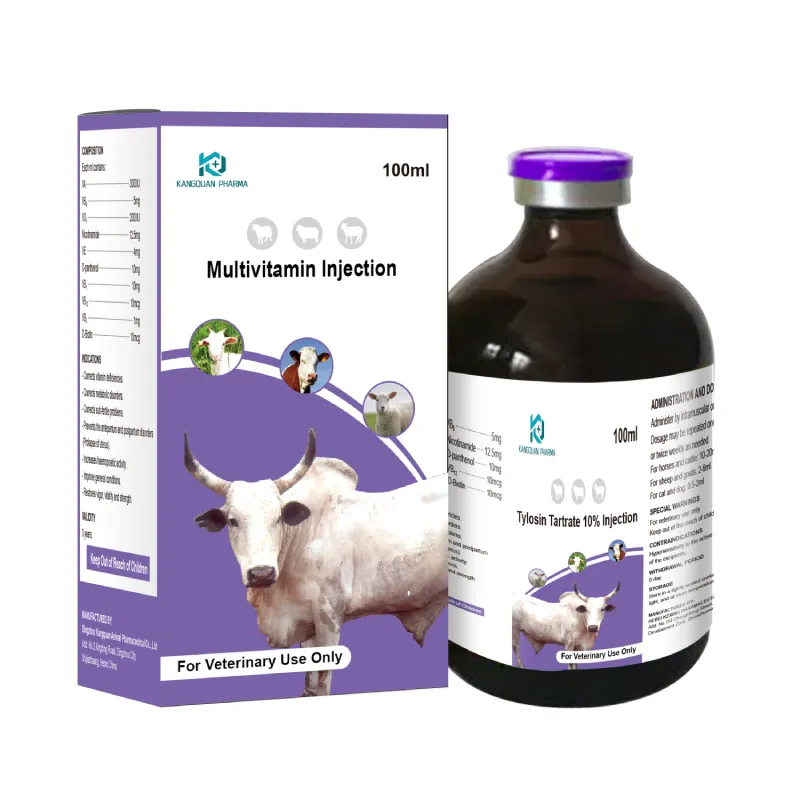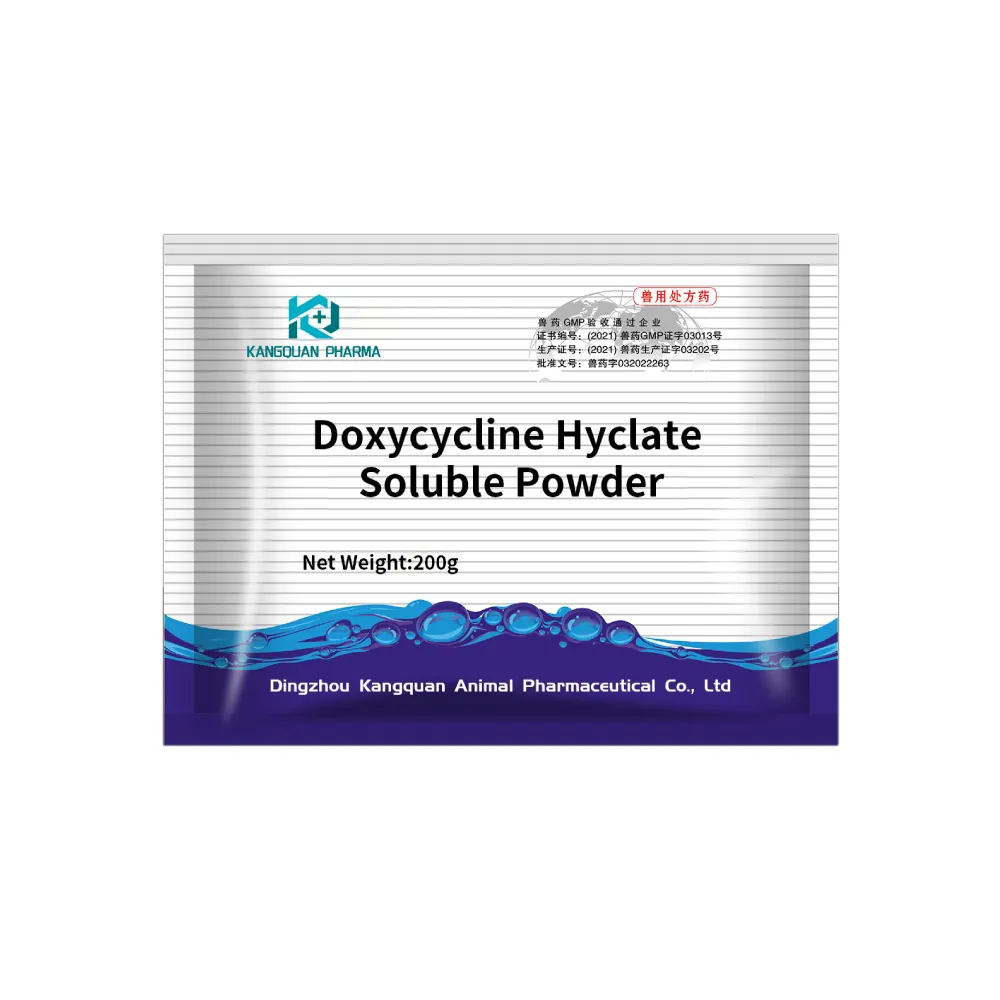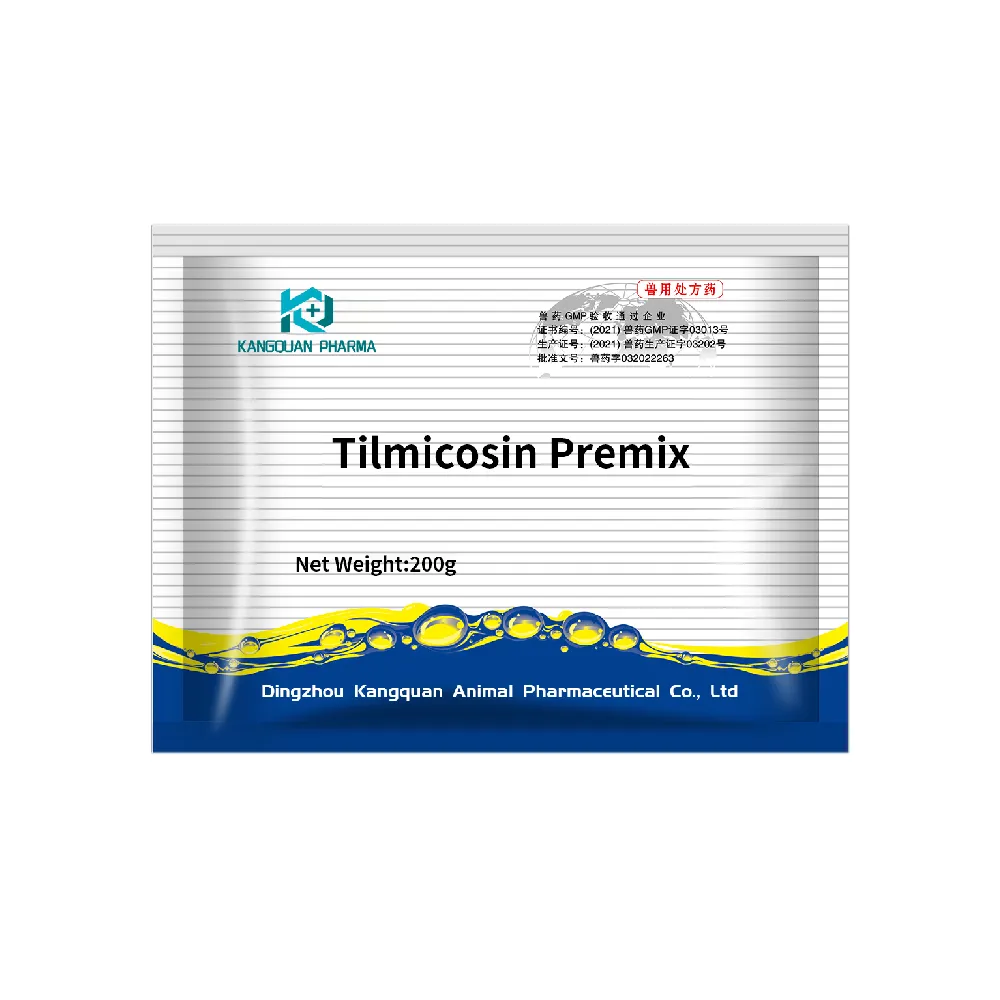- Afrikaans
- Albanian
- Amharic
- Arabic
- Armenian
- Azerbaijani
- Basque
- Belarusian
- Bengali
- Bosnian
- Bulgarian
- Catalan
- Cebuano
- Corsican
- Croatian
- Czech
- Danish
- Dutch
- English
- Esperanto
- Estonian
- Finnish
- French
- Frisian
- Galician
- Georgian
- German
- Greek
- Gujarati
- Haitian Creole
- hausa
- hawaiian
- Hebrew
- Hindi
- Miao
- Hungarian
- Icelandic
- igbo
- Indonesian
- irish
- Italian
- Japanese
- Javanese
- Kannada
- kazakh
- Khmer
- Rwandese
- Korean
- Kurdish
- Kyrgyz
- Lao
- Latin
- Latvian
- Lithuanian
- Luxembourgish
- Macedonian
- Malgashi
- Malay
- Malayalam
- Maltese
- Maori
- Marathi
- Mongolian
- Myanmar
- Nepali
- Norwegian
- Norwegian
- Occitan
- Pashto
- Persian
- Polish
- Portuguese
- Punjabi
- Romanian
- Russian
- Samoan
- Scottish Gaelic
- Serbian
- Sesotho
- Shona
- Sindhi
- Sinhala
- Slovak
- Slovenian
- Somali
- Spanish
- Sundanese
- Swahili
- Swedish
- Tagalog
- Tajik
- Tamil
- Tatar
- Telugu
- Thai
- Turkish
- Turkmen
- Ukrainian
- Urdu
- Uighur
- Uzbek
- Vietnamese
- Welsh
- Bantu
- Yiddish
- Yoruba
- Zulu
ພ.ຈ. . 15, 2024 12:26 Back to list
tylosin injection dosage
Tylosin Injection Dosage An Overview
Tylosin is a macrolide antibiotic commonly used in veterinary medicine, particularly for treating bacterial infections in animals. It is particularly effective against certain strains of bacteria that cause respiratory and gastrointestinal infections. Understanding the correct dosage for tylosin injection is crucial for ensuring efficacy while minimizing the risk of side effects.
Indications for Tylosin Use
Tylosin is primarily indicated for the treatment of various infections caused by susceptible organisms in livestock, including cattle, swine, and poultry. It is effective against diseases such as swine dysentery, mastitis in cattle, and chronic respiratory disease in poultry. The injection form of tylosin allows for rapid absorption and onset of action, making it a preferred choice in acute cases.
Recommended Dosage Guidelines
The dosage of tylosin can vary based on the type of animal, the severity of the infection, and the specific formulation of the drug. Generally, the recommended dosage ranges from 10 to 20 mg per kilogram of body weight, administered via subcutaneous or intramuscular injection. For specific species, the following guidelines are often suggested
1. Cattle For treating respiratory infections, a common dosage is around 10 mg/kg body weight, administered once daily for 3 to 5 days. 2. Swine In cases of swine dysentery, doses can range from 10 to 15 mg/kg, given daily for a period of 5 to 7 days.
tylosin injection dosage
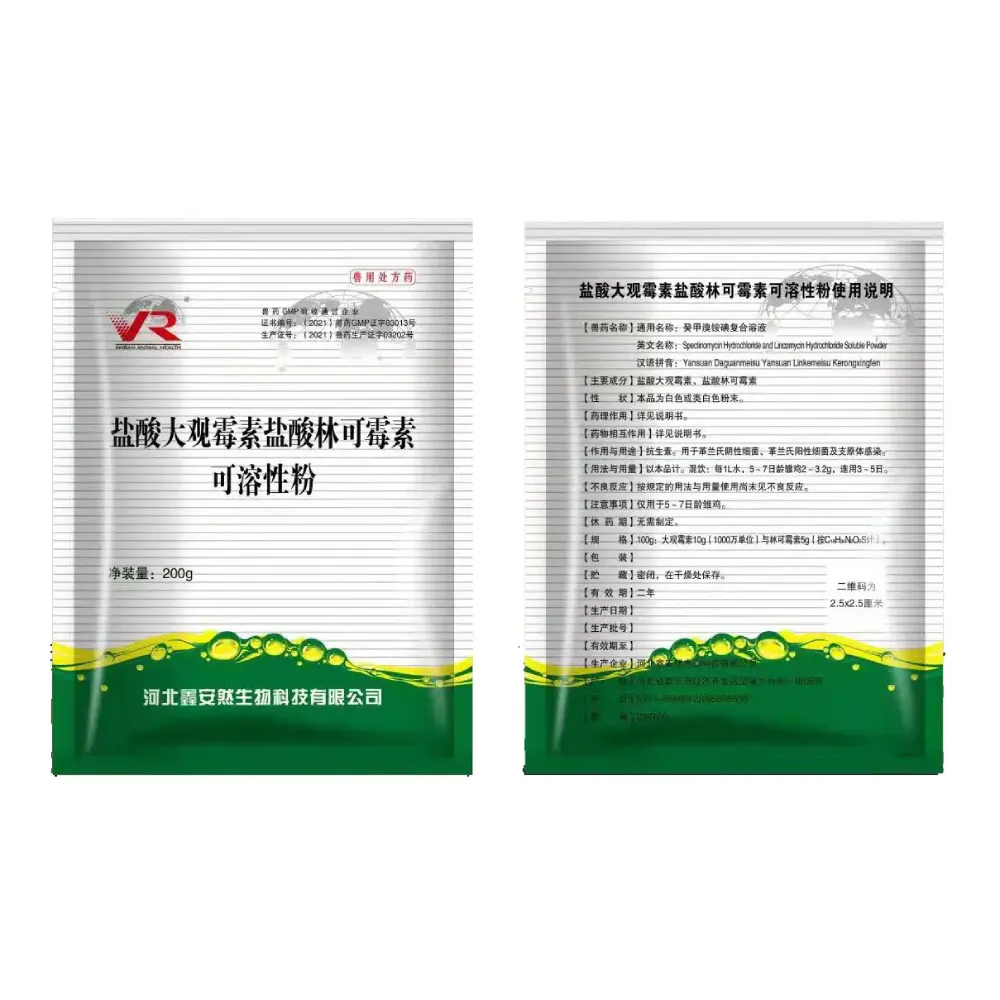
3. Poultry Tylosin may be administered at a dosage of 20 mg/kg; however, the total volume administered should not exceed the recommended limits for the specific age and weight of the birds.
It is essential to keep in mind that these dosages should be adjusted based on individual animal needs, and it is always advisable to consult with a veterinarian before starting treatment.
Administration and Precautions
Tylosin is typically administered through injection, and care should be taken to follow proper techniques to minimize discomfort and potential complications. It is important to alternate injection sites to prevent tissue damage. Additionally, tylosin should be used with caution in animals with known hypersensitivities, as severe reactions can occur.
Furthermore, tylosin should not be used in conjunction with certain other antibiotics, as it may lead to reduced effectiveness or increased toxicity. Proper withdrawal times must be observed before the animal’s meat or milk can enter the food supply to ensure food safety.
Conclusion
In summary, tylosin injection is a powerful tool in managing bacterial infections in livestock and poultry. Adhering to recommended dosages and administration practices is essential for achieving the desired therapeutic outcomes while safeguarding animal health. Veterinarians play a critical role in determining the appropriate use of tylosin, and stakeholder awareness of its indications and limitations is crucial for successful treatment outcomes. Regular monitoring of treated animals can help ensure that they respond well to the therapy and recover promptly, ultimately supporting animal welfare and production efficiency.
-
Guide to Oxytetracycline Injection
NewsMar.27,2025
-
Guide to Colistin Sulphate
NewsMar.27,2025
-
Gentamicin Sulfate: Uses, Price, And Key Information
NewsMar.27,2025
-
Enrofloxacin Injection: Uses, Price, And Supplier Information
NewsMar.27,2025
-
Dexamethasone Sodium Phosphate Injection: Uses, Price, And Key Information
NewsMar.27,2025
-
Albendazole Tablet: Uses, Dosage, Cost, And Key Information
NewsMar.27,2025

